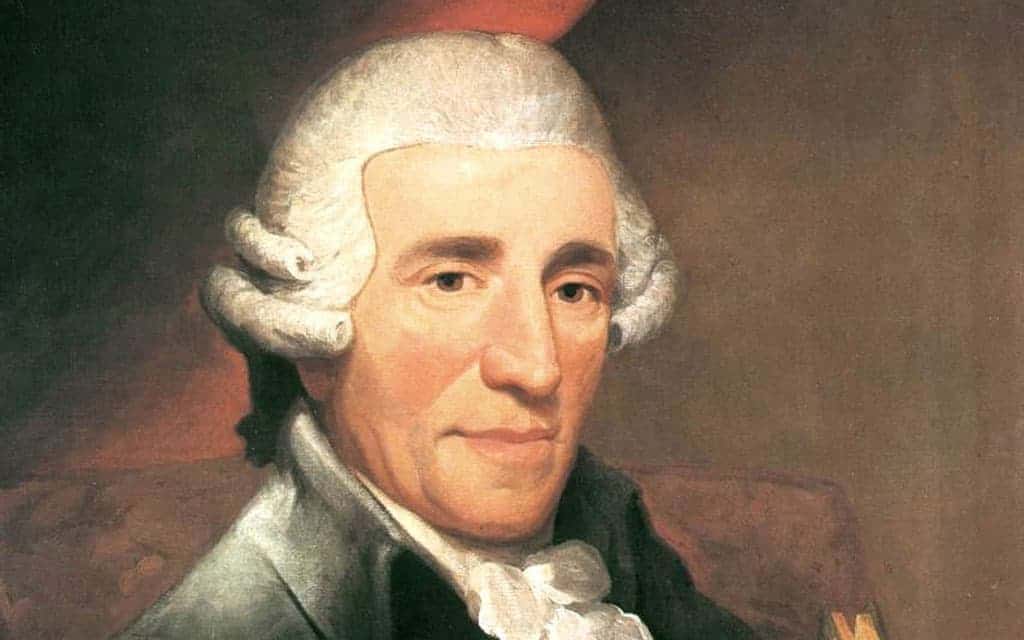Josef Haydn was a celebrated composer who died at the age of 77 on March 31st, 1809. Because of the war in Austria and Vienna was occupied by Napoleon, there was just a simple funeral and burial in Hundstrum cemetery. However, Josef Haydn’s patron Prince Nikolaus Esterhazy II planned to eventually have the composer buried at his family seat in Eisenstadt.
The simple funeral benefited Joseph Carl Rosenbaum and Johann Nepomuk Peter. These two rather prominent men of the time bribed the gravedigger to get them the head of Josef Haydn. So on June 4th, the gravedigger severed the head of Haydn. Unfortunately, it had been a hot few days and therefore the head was already decomposing, the look and smell of which caused the gravedigger to vomit. He managed to deliver the severed head to Rosenbaum and Peter who examined it for over an hour before it was macerated and the skull bleached.
At first stealing the decomposing head of a famous composer might sound strange but it was for “scientific” research. At the time Phrenology was a popular belief and both Rosenbaum and Peter wanted to examine the bumps on the composer’s skull and use it as a display piece. One examination the men found that the “music bump” on Haydn’s skull was fully developed.
Peter kept the skull and had a special black wooden box decorated with a golden lyre, a soft cushion and curtains. Haydn’s skull was a favorite to bring out at parties and keep on display as part of his skull collection. At some point over the next ten years Peter grew tired of having a skull collection and decided to get rid of them. He gave several skulls, including Haydn’s, to Rosenbaum.
In 1820, a chance remark reminded Prince Nikolaus Esterhazy II of his plan to move the body of his beloved composer. When the body was exhumed he was furious to see that the corpse had been beheaded. It was not long before the Prince learned who had taken the skull and he went after Peter and Rosenbaum to retrieve it.
So what happened to Peter and Rosenbaum? And how did Haydn end up with two heads instead of one? Read on to find out!

